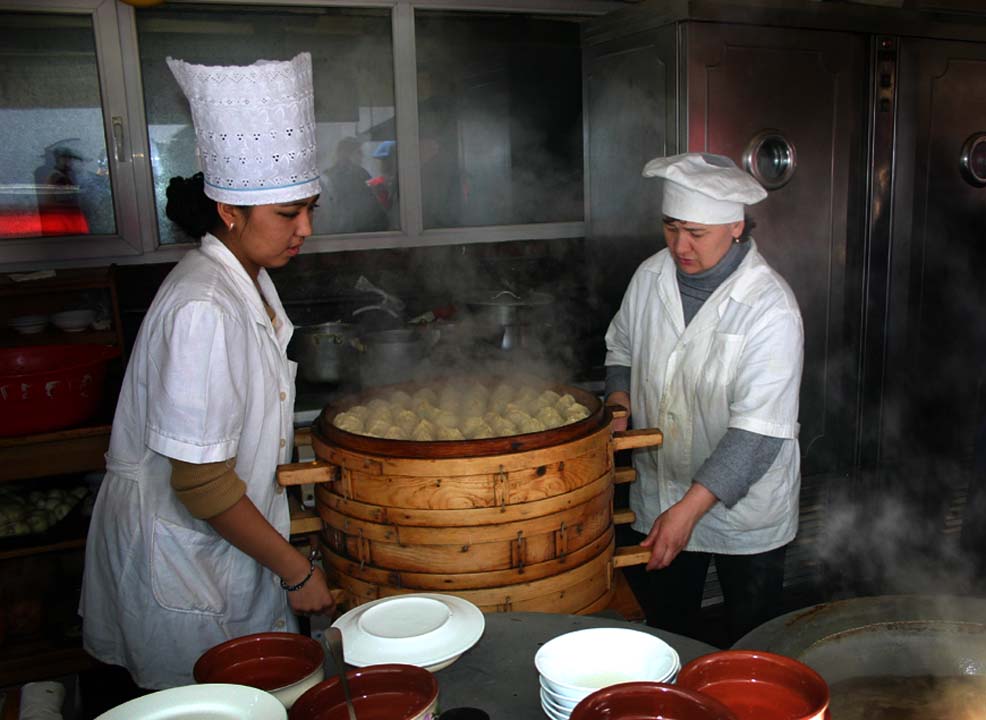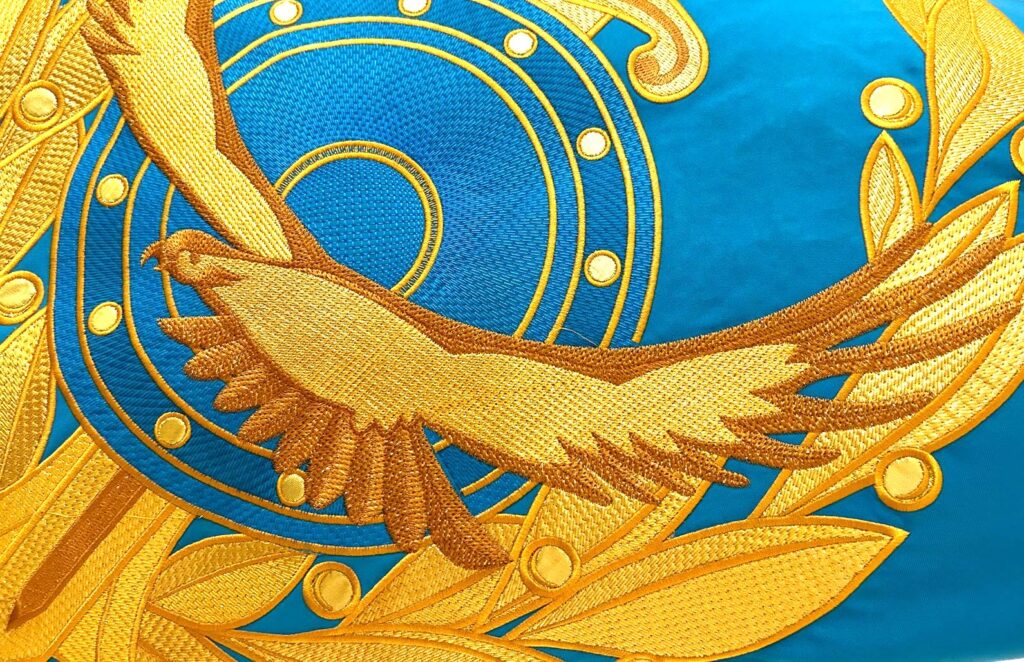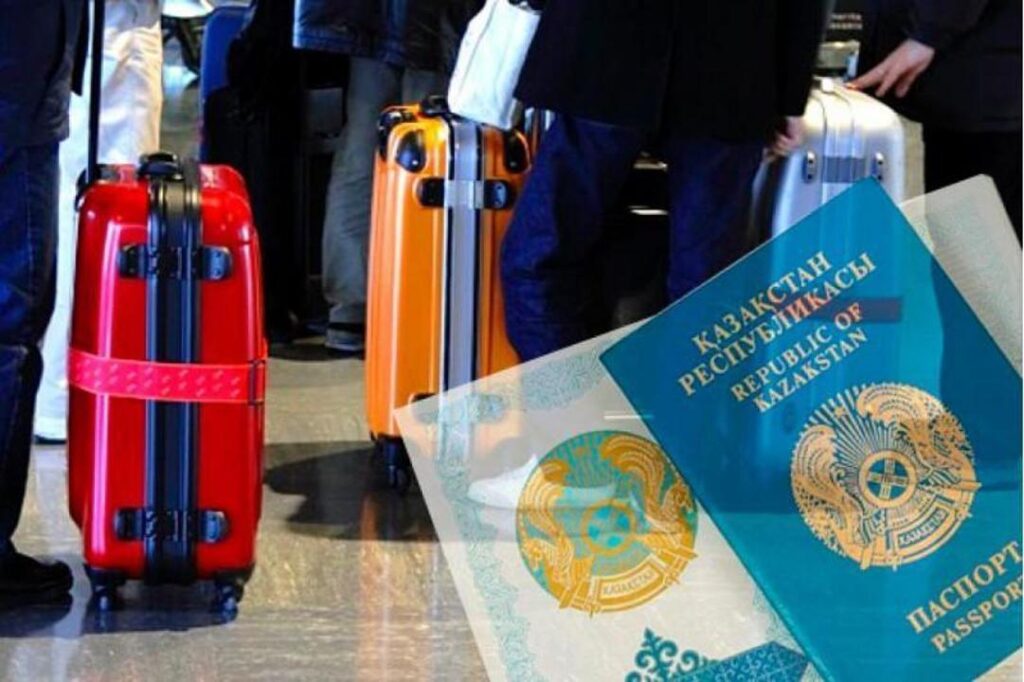Kumys, Beshbarmak, and Other Wonders of the Kazakh Feast
Autumn in Kazakhstan is traditionally a time of abundant treats. Today, local chefs and experts are trying to break the stereotype of Kazakhstan having a bland and unhealthy national cuisine, and are actively marketing it to foreign guests. The modern cuisine of Kazakhstan has absorbed a variety of Asian dishes, but also includes dishes from Soviet cuisine. Almost every Kazakhstani family is familiar with borscht and dumplings borrowed from Russians and Ukrainians, pilaf and samsa brought by Uzbeks, shashlik taken from the Caucasian peoples, and funchoza (Asian salad with noodles) and kuksi (cold noodle soup) adopted from Koreans. Of course, as in many parts of the former Soviet Union, Olivier salad is traditionally prepared on New Year's Eve in Kazakhstan. Turkish dishes have also become part of the daily diet in the years since independence. For example, it is impossible to imagine today's fast food without the doner kebab. International fast food, such as pizza, hamburgers, and sushi, have also become popular in big cities. Nevertheless, traditional Kazakh dishes form the basis of the country's eclectic cuisine. Beshbarmak is truly a Khan's dish. Any festive occasion is unthinkable without it, and restaurants specializing in traditional cuisine must include it in their menus. In its original version, beshbarmak is prepared from salted horse meat, including kazy, shujuk, and karta (horse intestines). Unleavened dough, potatoes, onions, and spices are also added. However, today, a variant using beef is also widespread. [caption id="attachment_25083" align="aligncenter" width="1254"] Kazakh national dish, beshbarmak; image: iStock[/caption] Beshbarmak, like many Turkic dishes, is the subject of constant dispute between Kazakhs and Kyrgyz. The neighboring peoples will always espouse different views on the question of whom created the dish. The differences in the recipe are not very significant; in Kazakhstan, the dough is usually cut into large rhombuses, and in Kyrgyzstan, into small oblong pieces. Tatarstan and Bashkiria also lay claim to the Khan's dish. There, mutton rather than beef is most often added to horse meat. Another pillar of Kazakh cuisine is kuirdak. Each family cherishes its version of the recipe, and kuirdak must be served in any restaurant claiming to serve the national cuisine. The dish starts with cuts of mutton and organ meat, such as heart, liver, and kidneys. These cuts are fried in sheep fat alongside potatoes, onions, parsley, and spices. [caption id="attachment_25084" align="aligncenter" width="1254"] Traditional dish kuirdak; image: iStock[/caption] Unfortunately, the most traditional Kazakh dishes are not always available to foreigners, as some can now be tasted only in villages. For example, in honor of the arrival of guests, before the main meal, guests are offered a boiled sheep's head. It is cut right at the table, and each part (ears, eyes, tongue, etc.) is served according to the status of the guests. Another dish rarely served in restaurants is baked mutton brains. Ethnographers continue to search for and re-popularize national dishes that were common before the Russian Revolution but have now virtually disappeared in cities. For example, the ritual dish Ylpershek was...



